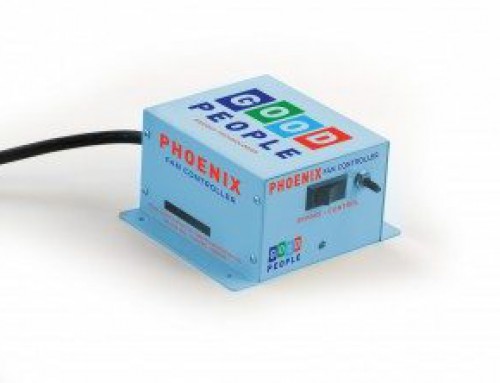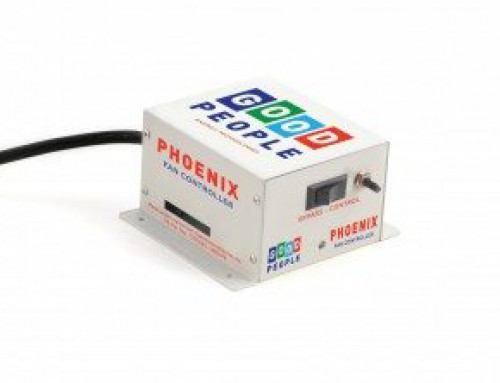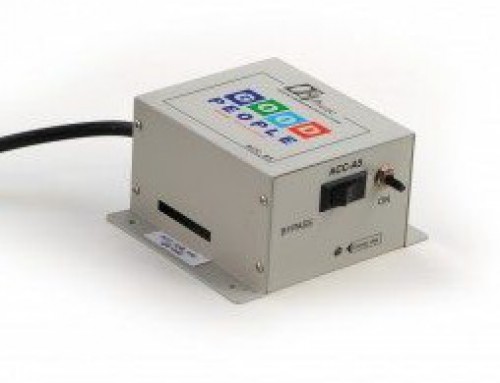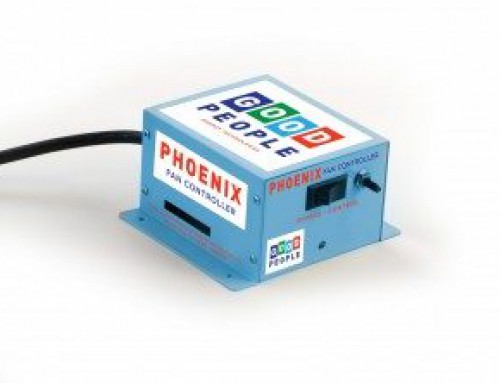Here it is—the capstone to the wave of posts on trade secrets and using them to protect your recipe and other critical aspects of your food or beverage business. Now, you know all about trade secrets and how they work. The big questions is what are your really going to do about it in your business. I am handing you the step-by-step process to protect your trade secrets and make sure you get maximum value out of them.
Let’s start with a recap to make sure we are on the same page:
- In “Is Your Recipe or Formulation a Trade Secret?”, we looked at how you identify trade secrets with a few simple tests.
- “7 Things Food Entrepreneurs Don’t Get About Trade Secrets” covered seven common misconceptions about trade secrets to help you avoid mistakes other people make.
- “What Happens If Someone Steals My Recipe or Formula” shared the grim reality of trade secret loss and why it pays to be proactive and avoid such problems.
Now, let’s get proactive.
A journalist recently contacted me about intellectual property for food businesses and what they should do about it. Obviously, I started with the need to have basic understanding about each area of intellectual property, which is why I write about it so much on the blog and why I developed 12 Things Every Business Should Do About Intellectual Property. The 12 Things system provides everything you need to get started with trade secrets as one of the 12 critical aspects of IP in your business, which also includes trademark, copyrights, and patents. I highly encourage you to check out the product if you are serious about protecting IP value in your business.
But if you aren’t ready to commit to intellectual property value across your business, I will at least give you some place to start with trade secrets—which every business has.
First: List Your Key Trade Secrets
For most food and beverage businesses, this is going to start with your recipes and other critical aspects of how you make and deliver what you sell. Beyond those, are types of information that almost every business has: financial information, customer lists, and business plans.
Second: Identify Your Controls
Where are they kept? Who has access to them? Is it strictly on a need-to-know basis? What processes do you have in place to control the information? This can include physical and electronic security, written agreements (Non-Disclosure Agreements (NDAs), employment agreements, etc.), marking (Does each place the secret is written down say “CONFIDENTIAL” or “TRADE SECRET” ?), policies (When is an NDA required?), and training to make sure everyone in your organization is working together to protect your information.
Third: Identify Your Gaps
Is everyone who has access to each secret covered by a written confidentiality agreement of some kind? If not, do you have the right kind of agreement or do you need to develop an NDA, employment agreement, or independent contractor agreement with appropriate confidentiality terms? Do people really know what your expectations are with confidential information? Do you have a written trade secret policy that documents expectations and process? Do you have a way to make sure current and new employees know this stuff and are reminded periodically? Your people are the most likely source of a leak, not industrial espionage.
Fourth: Develop the Tools
You need the tools to protect your information:
- Agreement Templates: NDA, employment agreement, or independent contractor agreement with appropriate confidentiality terms
- Written Trade Secret Policy: Document your security measures. When NDAs and other agreements are required? Who has access to what and why? Write down all of your expectations about how this important information will be handled. If you receive confidential information from others, make sure you address how that is to be handled. If you are familiar with business process mapping, it can be a handy tool for describing how processes can help safeguard your information.
- Employee Training: All of the other tools are meaningless if you don’t put them in the hands of your people at the right time.
Well, there you have it. Take action. Your recipes and other trade secrets are critical to your success. Remember that consultants and co-packers can be huge sources of information leak, so lock them down with appropriate agreements and limit the information you expose if at all possible.
Good luck. And don’t forget you can always pick up the 12 Things Every Business Should Do About Intellectual Property business system, which includes a great template and detailed instructions for trade secret inventories and much more on managing the ownership of your IP with agreements.








